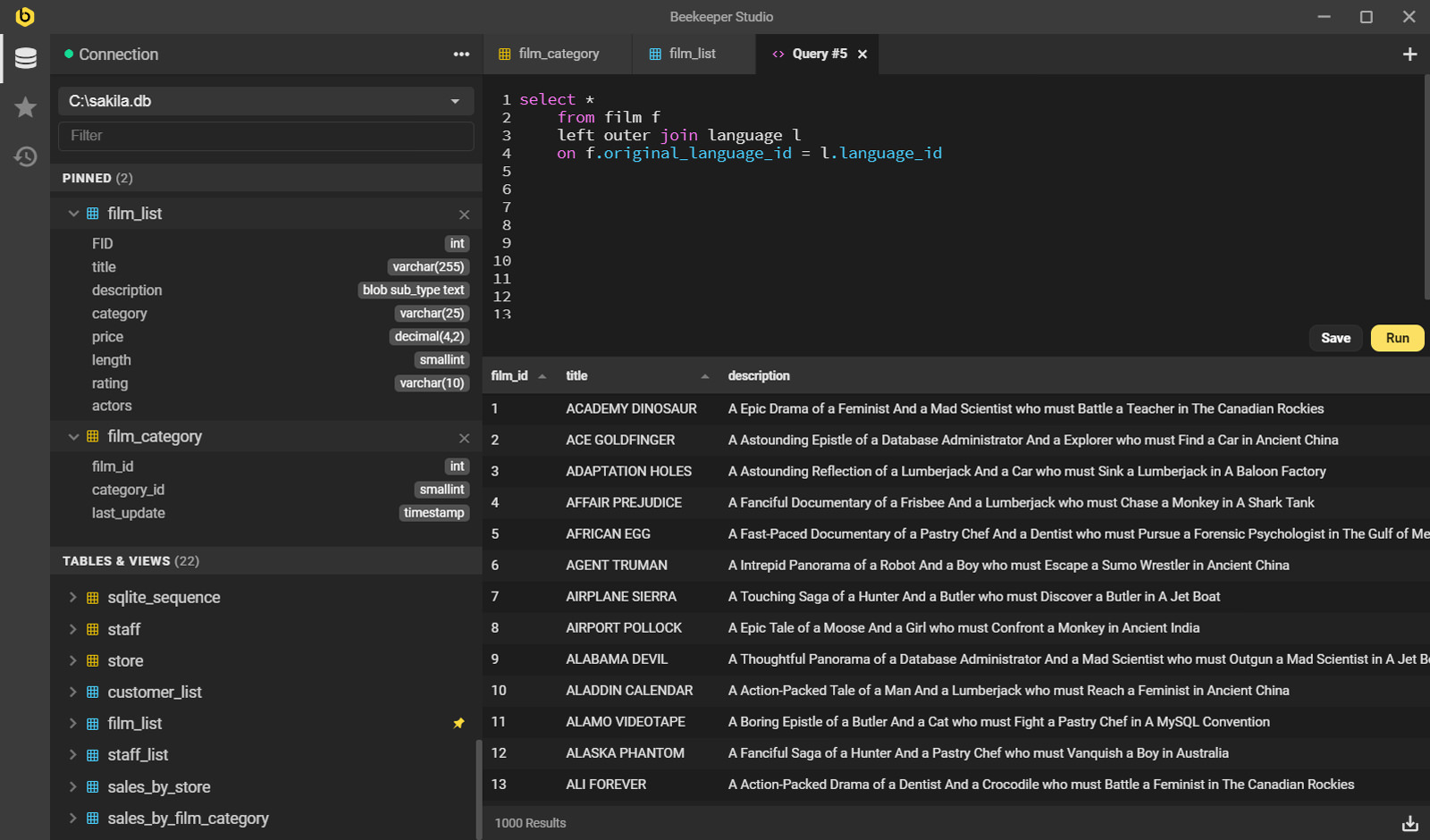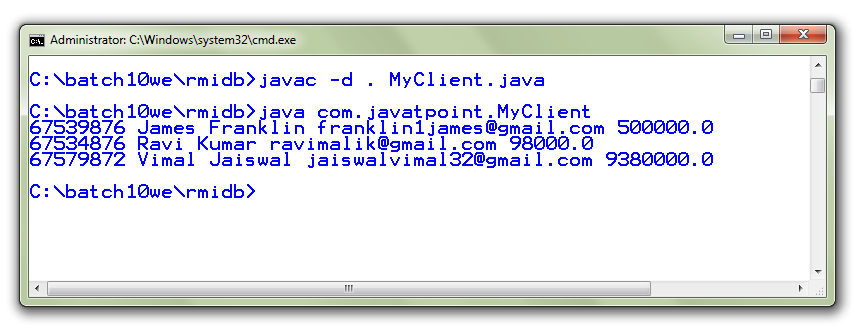


Once the configuration is done, the connection to a remote computer can be verified by running the below cmdlet:.Both the cmdelts must be run on all the source and target machines.

That can be achieved using the following cmdlet Restart-Service WinRM Once the above cmdlet is run, the WinRM service must be restarted in orders for the settings to take effect. If you want to allow all computers to connect then you should use the wild card character “*”. Next to trusted hosts, we should specify the IP addresses of the computers to which a connection needs to be listed in a comma-separated manner. Set-Item wsman:\localhost\client\trustedhosts The above step can be achieved using the following cmdlet Then the trust between computers(the source and destination) must be established using the Trusted Host Settings on the computer The above is achieved by opening the windows PowerShell in administrative mode and running the following cmdlet. The first step involved in order to connect to a remote system is to enable PowerShell Remote facility on the target machine. Steps Involved in Connection to a Remote system This article will cover in detail about using PowerShell to execute commands in a remote system and the various ways in which a connection to a remote computer can be established. PowerShell core supports and uses technologies like Windows Management Instrumentation(WMI), Secure Shell(SSH), or WS- Management to perform tasks in a remote system. PowerShell remoting allows users to execute PowerShell cmdlets or execute a script or perform any other operation on any windows systems using a remote connection. PowerShell’s one of the major strengths lies in its remote computing ability using various technologies.

PowerShell not only helps the administrators run commands on the local system or a server to manage the environment, but it also allows users to connect to remote servers or machines.


 0 kommentar(er)
0 kommentar(er)
